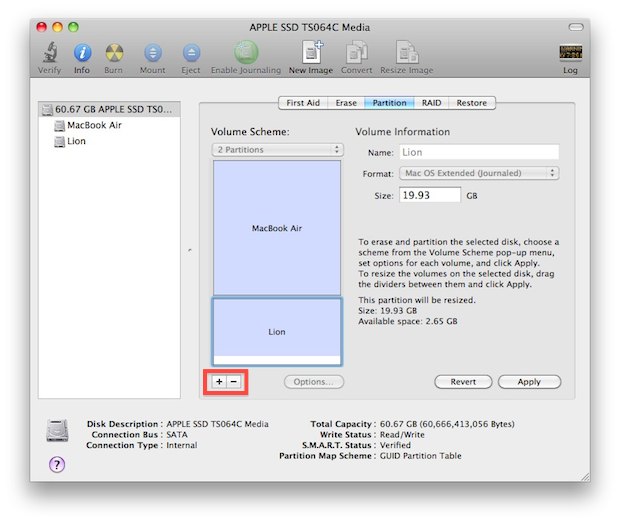How Update Boot Support Partition For Volume On Mac Os X
- How Update Boot Support Partition For Volume On Mac Os X Launches What
- How Update Boot Support Partition For Volume On Mac Os X
I am experiencing this issue as well, but don't have a solution. I do have a workaround, though.
Before wiping the machine, try holding down the 'option' key at startup. This will present you with icons of ALL bootable volumes on the computer -- you may be able to select the OS 9 volume, boot, then reset the 'Startup Disk' control panel back to the OS 9 volume. Plugging in a hard-wired keyboard as opposed to a wireless keyboard worked to show me the proper boot menu. Though within Windows the utility to boot back into macOS is broken (regular Sierra version of Boot Camp). When you've created your new partition, you can install an operating system on it by double-clicking the disk image (read about how to get old versions of macOS and Mac OS X here). Select the new. I just used Disk Utility to Repair Disk. It said that the volume appears to be OK. But then it added,'Updating boot support partitions for the volume as.
Does your Mac boot into Windows or macOS by default? If it boots into macOS by default, just restart your computer using the shutdown options in the Windows Start menu. That's what I've been doing. If not, there is a key or key combination you can hold while your Mac boots to manually select the macOS partition (for 2016/2017 MBP it's holding alt/option). How to add data.oledb in visual studio for mac. When booted into macOS, go into System Preferencs, and search for 'Startup Disk' and choose the macOS volume. Then, on subsequent boots, you can use the same key combination to manually choose Windows until BootCamp updates.
How Update Boot Support Partition For Volume On Mac Os X Launches What
Restarting the computer from within Windows will then always boot to macOS. Mac tool truck for kingsland tx.
Recovery Mode Starting with the release of OS X Lion in 2011, Macs have offered a that users can access to diagnose hardware issues, restore Time Machine backups, manage hard drives, and even reinstall OS X itself. To use Recovery Mode, reboot or start your Mac and hold the Command and R keys simultaneously on your keyboard as soon as you hear the familiar. Keep holding as your Mac boots, which may take a few moments depending on its specific configuration. You can let go of the keys when you see a screen similar to the screenshot below. Recovery Mode is possible thanks to the installation of a hidden recovery partition on your Mac’s hard drive, and allows the user to perform the aforementioned tasks without needing an OS X DVD.
Bbm download for laptop windows 10. Bbm di pc BBM For Pc Features 1.Unlimited group chat and personal chat 2.Send unlimited files like videos,photos 3.Available for all mobile platform 4.Pin sharing rule to invite others for chatting 5.Very fast and secure to use 6.Simple and understandable user interface 7.Make free video calls (VOIP) 8.Send single message to different BBM users at a time 9.High quality image transfer and download 10.Data charges are very less,and this app is consuming very less data consumption How To Download BBM For Pc?
To perform recovery tasks on older versions of OS X, such as, users needed to boot from the install DVD. A recovery partition will be created by default on new OS X installations and upgrades, but not every Mac configuration is supported, including RAID system drives. Further, if your Mac’s drive lacks a recovery partition for any reason, you may still be able to access OS X recovery tools via OS X Internet Recovery, which loads the recovery information directly from Apple’s servers.

How Update Boot Support Partition For Volume On Mac Os X
To use this feature, you’ll need an active Internet connection and a Mac introduced after the public availability of OS X Lion, which includes the and up. Startup Manager Most Mac users will probably only ever use the single drive that came with their system. But for those who want to use multiple internal drives or partitions, Windows via, or boot to external drives, you’ll need to use the Mac’s built-in. Simply reboot your Mac and hold the Alt/Option key on your keyboard as soon as you hear the Mac’s startup chime. After a few moments, you’ll see all of the bootable devices appear on your screen accompanied by their corresponding icons and volume names. Apple KB HT1310 The Mac Startup Manager will update as needed, so if you add or remove bootable drives or devices on your Mac, the list will automatically display the current options. You can use your mouse, trackpad, or keyboard to select the desired drive, and either click on its upward arrow button or press Return once you’ve made your selection.